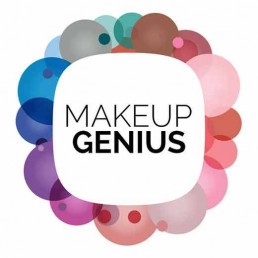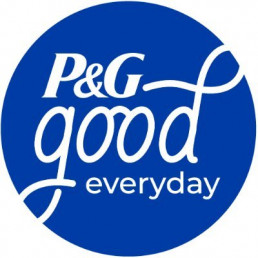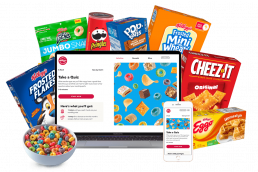
How do Consumer Brands use Micro-rewards and targeted rewarding activity to encourage this behavior? Many major consumer brands are very good at stimulating repeat purchases and website revisits. They also have huge advertising budgets to ensure audience awareness. But like any vendor, they need sales and consumer loyalty to ensure customers don’t stray.
In this article, we take a look at a few examples of how some of the leading brands in a variety of industries are using micro-rewards and specific rewarding behavior to achieve their goals. Bear in mind that the purchase price of many consumer items is relatively low so the cost of rewards will always be a concern to ensure that loyalty and rewarding activity is cost effective. Although often the data collected is a major aim of any such activity.
So, how do Consumer Brands use Micro-rewards?
Coca-Cola -mycoke rewards
Micro rewards are small, affordable, and ideally highly personalized rewards that are awarded for specific actions or achievements such as a purchase, completion of a short survey or task, email opt-in etc. The global beverage giant has an innovative loyalty program called My Coke Rewards® (MCR) loyalty program, where customers can scan the codes on their Coke products and earn points that can be redeemed for various rewards, such as movie tickets, magazine subscriptions, or donations to charity

L'Oréal - MAKEUP GENIUS
The well-known French beauty brand has a mobile app called L’Oréal Makeup Genius, which uses augmented reality, allowing you to explore makeup and colors, virtually try on makeup before you buy, and of course, share your new looks with friends. Users can also scan the products they buy and earn points that can be exchanged for discounts, samples, or exclusive content.

Procter & Gamble - P&G Good Everyday
The household products company has a website called P&G Good Everyday, where customers can register and earn points for buying P&G products, taking quizzes, or sharing their opinions. They can use their points to redeem rewards from various partners, such as Feeding America, Tide Loads of Hope, or American Red Cross. There is also a big focus on donation to good causes such as helping to support youth environmental education and children’s clean drinking water programs.

Kellogg's - called Kellogg's Family Rewards
The cereal company has a loyalty program in the USA called Kellogg’s Family Rewards, where customers can enter the codes from their Kellogg’s products and earn points that can be used for coupons, sweepstakes entries, or to make donations to schools or charities.

Designer Shoe Warehouse - DSW VIP
Founded in 1991, DSW Designer Shoe Warehouse is a leading branded footwear and accessories retailer offering a wide selection of dress, casual, and athletic footwear and accessories for women, men, and kids. DSW operates nearly 550 stores in the U.S. and Canada and offers shoppers an omnichannel shopping experience. DSW VIP is a loyalty program tightly tailored around the needs of the women’s shoe segment. While it is primarily a points-based program to encourage repeat product purchases the qualification tiers are set a relatively low annual spending levels.
However, it presents some neat offer enhancements such as an annual MyPerkDay, the ability to donate rewards, and also to donate new or gently used shoes for someone in need. They provide in-store donation boxes and support the Soles4Souls shoe charity. This solid connection to a meaningful charity combined with the affordability of the product ensures enduring appeal to Generation Y.

Being able to purchase discounted product may no be enough
In the context of the question: How do Consumer Brands use Micro-rewards, rewarding loyalty by offering discounts and vouchers to purchase yet more of a brand’s products is a well-established mechanism and a key promotional activity too. However, as these types of programs are becoming ubiquitous they are perceived more as a right rather than a privilege. In particular Generations, X and Y are often looking for more value in a relationship than just extended materialism. There is also always the added challenge of reward fatigue where the consumer prefers points that have value outside of the brand’s universe rather than solely setting them against future purchases.
Access to rewards such as travel experiences, charity donations, mobile phone top-ups, points exchange with other programs, and duty-free cash can all add to the perceived value of a loyalty program.
At Reward the World™ we see it as a critical element of our mission to continually increase the range of reward categories available to ensure that we can offer the best possible choice of rewards. We believe that regardless of demographic the widest range of choice will always appeal to a target audience.
If you are interested in exploring how Micro-rewards can help your current of future activities, why not book a chat with our CEO? You may be surprised by how a small reward can make a big difference.
